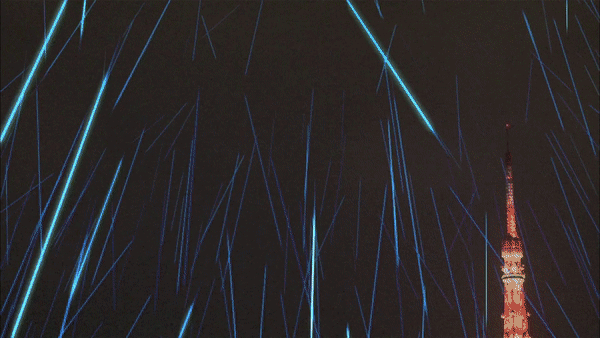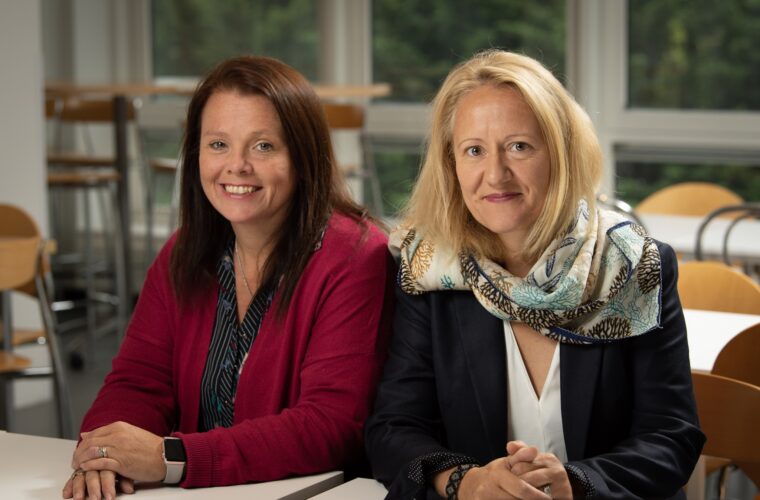Underground Navigation: A team of visionary scientists from the University of Tokyo has achieved an extraordinary feat that could reshape the future of underground navigation and disaster response. They have successfully demonstrated the world’s first cosmic-ray GPS capable of detecting movement underground and within volcanoes. This revolutionary technology holds immense promise for search-and-rescue missions and disaster response efforts. Simultaneously, advancements in smartphone integration present exciting possibilities for automation in various industries.
Overcoming Navigation Challenges with Muons
Navigating indoor and underground environments has long been a daunting challenge, impeding automation in mining, healthcare, and manufacturing industries. Traditional techniques, including GPS, need to be improved within enclosed spaces. However, the University of Tokyo team has developed a wireless muometric navigation system (MuWNS) that surmounts this limitation, enabling precise positioning even in the depths of buildings or beneath the Earth’s surface.
Artistic impression of muons showering the Earth. Muons exist for only 2.2 microseconds (one microsecond is just one-millionth of a second). Still, because they travel at the speed of light in a vacuum (300,000 kilometres per second), they have enough time to reach Earth from the atmosphere and penetrate deep into the ground. ©2015 Hiroyuki K.M. Tanaka
The MuWNS relies on muon-detecting ground stations synchronized with an underground muon-detecting receiver. Muons, subatomic particles similar to electrons but with significantly more mass, have captured researchers’ attention due to their unique ability to penetrate solid objects. Cosmic rays, high-energy particles originating from outer space, generate these muons when they collide with atoms and molecules in the Earth’s atmosphere.

Unleashing Muons for Underground Mapping
Unlike GPS signals, which weaken at higher altitudes and scatter easily, muons retain their strength and can penetrate dense materials such as rocks and buildings. This characteristic makes them ideal for mapping the interiors of inaccessible locations like volcanoes, nuclear reactor cores, and even pyramids.
Led by Professor Hiroyuki Tanaka, the team successfully showcased the MuWNS by deploying a receiver detector in the basement of a building and placing four reference detectors on the sixth floor. By detecting cosmic rays captured by the detectors and receiver, they accurately reconstructed the underground navigator’s path, revealing the immense potential of this cosmic-ray GPS.
Transforming Disaster Response and Beyond
The ability to precisely track underground movements holds tremendous promise for search-and-rescue operations during disasters and emergencies. Additionally, the technology can be harnessed to monitor volcanic activities, aiding in predicting and mitigating potential eruptions.
Looking ahead, the team aims to refine the MuWNS and integrate it into smartphones, making precise underground navigation widely accessible. Professor Tanaka envisions a future where smartphones incorporate receiver detectors on a chip scale, eliminating the need for precise time synchronization. This advancement would transform the capabilities of search-and-rescue teams in critical situations, such as building collapses or mine incidents.
The groundbreaking research of the University of Tokyo’s team has been published in the esteemed scientific journal iScience. As the world witnesses the convergence of cosmic rays and cutting-edge technology, it becomes evident that the University of Tokyo’s cosmic-ray GPS marks a significant milestone in the quest for efficient underground navigation and disaster response solutions.
With the advent of the cosmic-ray GPS and its integration into smartphones, the future of underground navigation is set to be redefined. This revolutionary technology unlocks unprecedented opportunities for search-and-rescue missions, disaster response efforts, and automation in various industries.



